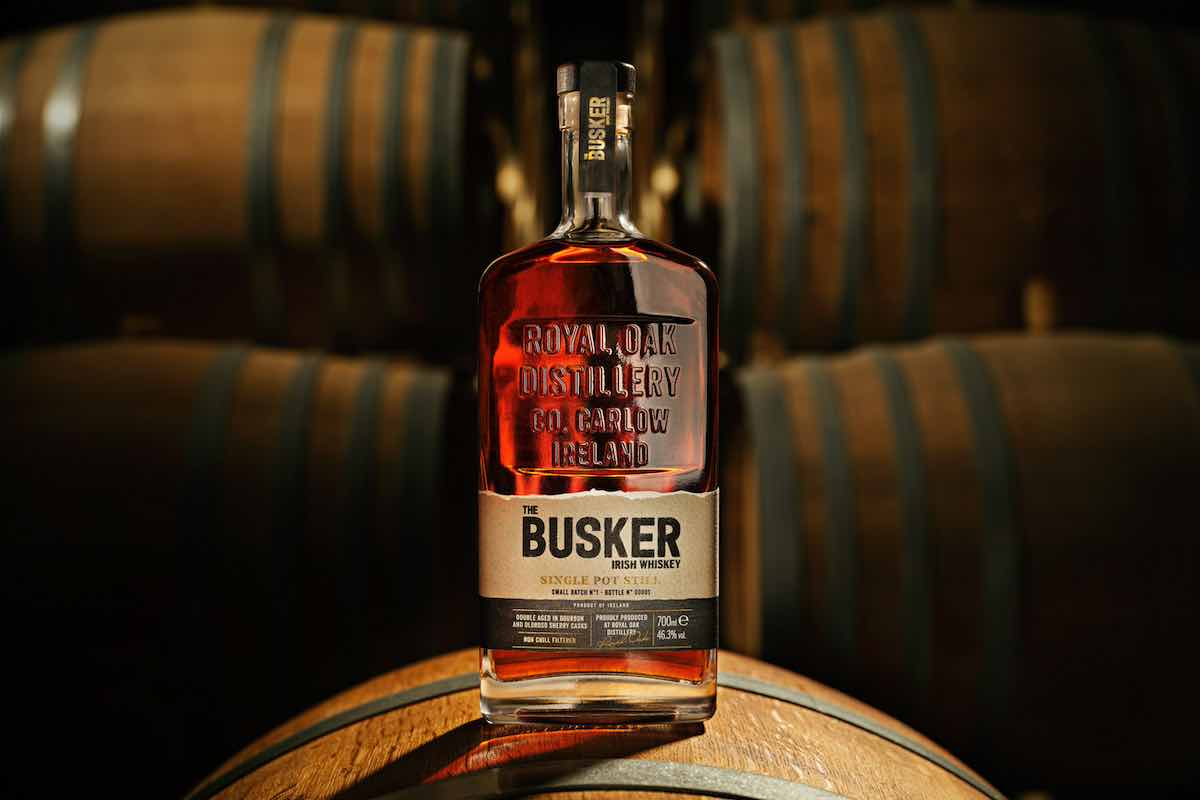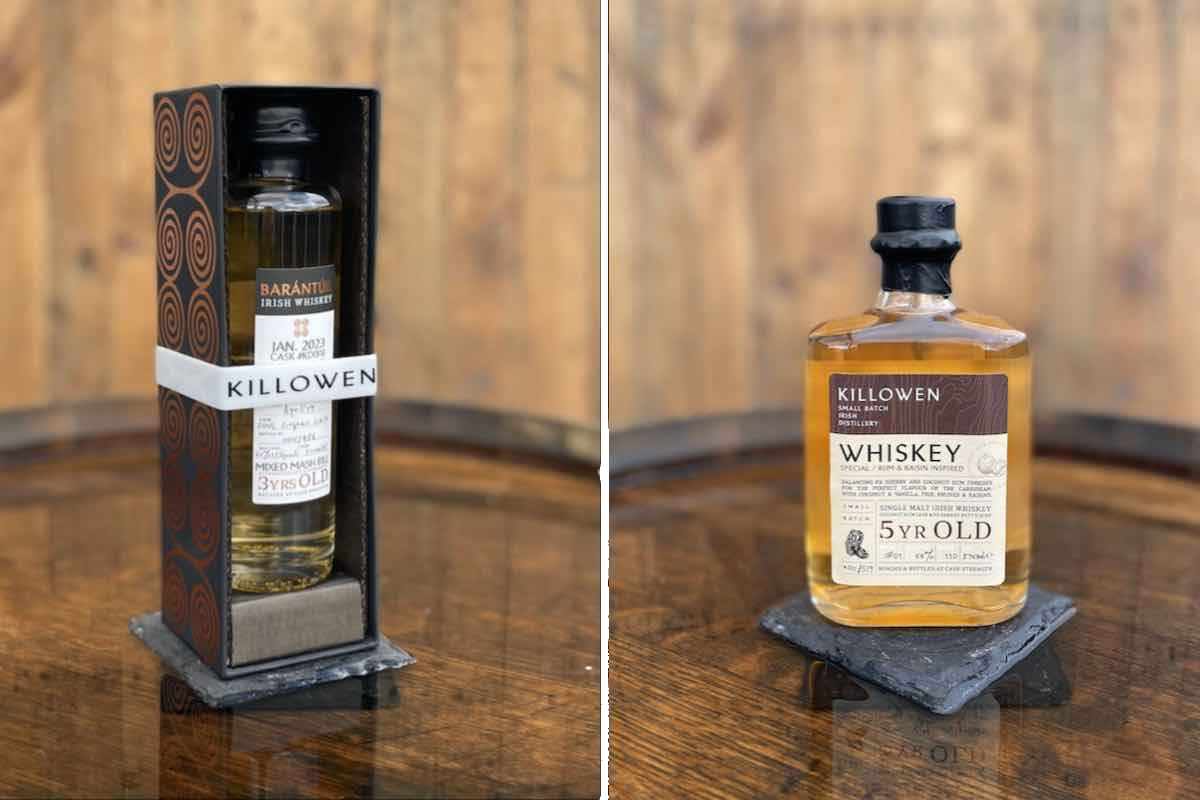According to some new research commissioned by Chivas Brothers, nine out of 10 consumers believe that a whisky’s age statement serves as an indicator of quality. But oddly enough, most of these same consumers don’t understand what an age statement actually means. The research notes that 90 percent of drinkers don’t realize that an age statement refers to the youngest whisky in the bottle. Nearly half (48%) believe an age statement refers to the average age, while 35% believe it signifies the oldest whisky present.
To combat this lack of public knowledge, Chivas Brothers—whose portfolio includes Ballantine’s, Chivas Regal, The Glenlivet, and Royal Salute brands—launched a campaign called The Age Matters. Started July 1, 2010, consumers are encouraged to look for age statements on their whisky bottles and to understand the significance of guaranteeing the product’s age.
By law, all Scotch whisky must be aged for at least three years. Age is important, as much of a whisky’s flavor is due to its time spent maturing in oak casks. But with many Scotch brands producing expressions differentiated as cask strength, quarter cask, Sherry/Madeira/Rum casks and more, there’s a lot more to a bottle of Scotch than just its age. Plus, older whiskies aren’t necessarily better, a point neglected in the campaign. But that said, I’m all for education when it comes to demystifying spirits for consumers.


